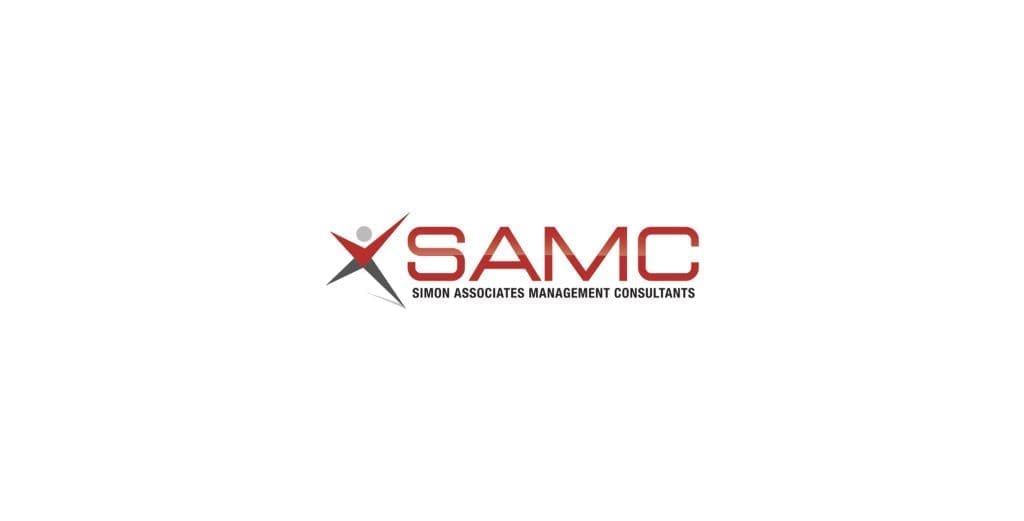 Should You Start Searching Now?
Should You Start Searching Now?
As a corporate anthropologist who works with companies that need to change, I have been hearing a common theme among CEOs these past several weeks. The theme is: Who will be our customers in the next five years? Where will we find them?
Let me say here, these are some of the smartest CEOs I have had the opportunity to work with. They are all at that stage in their business growth where they are doing well. But they are becoming concerned about the uncertainties in the future. While ambiguity is always unsettling for people, this is even more powerful than what I observed after the 2008 recession.
Widespread uncertainty about who will be tomorrow’s consumer
In discussions about their future customers, these CEOs were voicing common frustrations, regardless of the specific company, industry or area of the country. It didn’t matter if it was a security firm that installed cameras in schools, a building contractor specializing in new styles of restaurants, successful landscape specialists or CEOs of companies that clean offices and hotels. Some were in highly regulated industries such as title insurance or banking, and their companies ranged in size from $1 million to $750 million in annual sales.
What they all shared was a challenge: How could they determine whom they would be selling to in the next five years? How would they find them? How did they have to change? And, how could they begin to penetrate that market with the right sales strategies or product lines or service solutions? As one CEO said to me, “It was easier to shrink my firm than to figure out how to grow it now.”
With all this uncertainty and unease swirling around us, I thought it might a good time to raise the question with our readers and share with you what I have been seeing and hearing.
5 ways to anticipate and attract your future customer, today
Now is the time to get your organization out exploring future possibilities before someone else captures the market before you. To help get you started, here are 5 things to think about that can jump start your new business strategic planning:
- Demography is Destiny. I always like to begin here. If you haven’t noticed, people who are under 40 today have grown up digital.
They approach life, their jobs, their families, homes, cars and communities differently than the Boomers or even the Generation X before them. They are different employees, value different things and go about their buyer’s journey differently. Maybe it is time to hang out with some of them and better understand their styles, their unmet needs and what they want from your type of company — or maybe they don’t want anything and that in itself could be a problem brewing.
- Speed to Market. In one of my workshops, a CEO told a story about a prospective client who wanted his company to build his building, but he needed it faster. (At SAMC, we have had several clients whose customers also wanted them to build faster, deliver a product faster or design a new solution faster.) Speed to market is a growing theme that we hear. What was interesting was that the CEO of this company realized that his folks didn’t think they could do it faster, but a competitor did. This competing company took on the job and delivered the desired results — and yes it was really faster. Is speed a competitive advantage that might bring in customers that you have been pushing away? Are they your future customers — the ones who want things “faster.”
- Who Aren’t You Focused On? A company in the office security business was frustrated by the competition in his market space: companies all of which were basically doing the same job the same way and for about the same pricing. When we were working with one of his staff members, this person spoke about whom they weren’t doing work for: healthcare facilities, urgent care centers, mobile restaurants, day care centers and others who might be ready for their approach to security solutions. One of the things we asked him was why he had chosen his current market segment. Well, he really hadn’t, he said. It had chosen him. That proverbial word of mouth and telephone call brought his business into a market space without much strategy attached to it. Maybe it was time for him, or you, to turn the tide and go after key markets rather than simply hope the phone rings with business.
- Incremental Innovation Might Not Be Enough. Virtually every one of our clients or CEOs that we met with spoke about how innovative their companies were. When pressed further, it was hard for them to tell us exactly what they had done that was really innovative. A lot of their innovations were merely incremental improvements, many of which added costs along with more features — and possibly more benefits. The question we raised was whether value creation was enough to find that next customer segment that might not be using them today. If their products or services were that good, why weren’t they dominating their markets?
- Who Is Searching For Your Solutions Today. At SAMC, we often have our clients sit on the telephone and listen to their company’s incoming calls. We want them to hear what people are asking for that they “don’t do.” Then we have them look at the emails that are coming in from their website in terms of requests for products or services from geographic areas or market segments that they are not paying attention to today. Finally, how could Internet search help them find potential new customers with unsolved problems. Future customers are calling, searching, emailing constantly…and yet all too often, people discount those inquiries or forget about them while they focus on today’s We had one customer who grew his company by 40% after sitting on his phones and listening to what people were asking for. He decided he could indeed provide it and was wondering why he had never done so in the past.
A notable case study
If you’d like to read a case study about one of our clients who found nonusers and future customers by listening in on their call center phones, Telerx is a great example. A telephone-based customer care business, Telerx exemplifies what management can learn when they just listen to their own call center. The average age of their inbound caller is over 50. Young people don’t use the phone as their parents did — they text-message, use the Internet or chat online.
If Demography really is Destiny, the future of Telerx’s call center was not going to be found in how to make their phone-based call center work better. Rather, it would need to be centered around younger generations and how they want their customer care solutions, such as online customer care solutions and innovative use of data. Telerx leadership “got it,” learned how to think about their services in a new way, and in so doing, captured a new market space. Victory!
Some articles you might find of interest:
We’d like to share some of the articles we’ve found of value on this topic. Here are three that are really good to refer to:
- Five Ways to Prepare Today for Tomorrow’s Customer
- 4 Marketing Strategies to Influence Tomorrow’s Customer
- Who are tomorrow’s customers and how will I serve them?
As always, you can find more information on Simon Associates or let us know how we might be of help. Perhaps a little anthropology could help your business grow. Contact us at your convenience.






